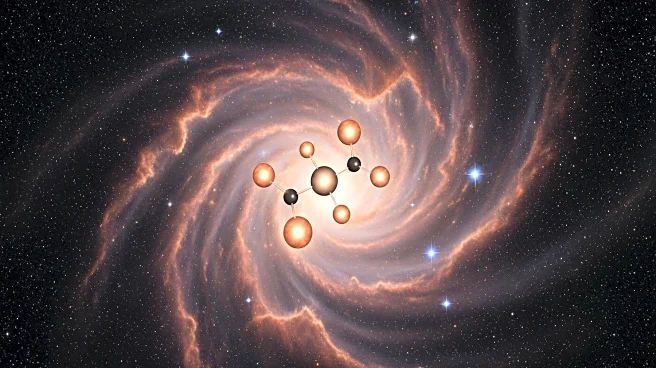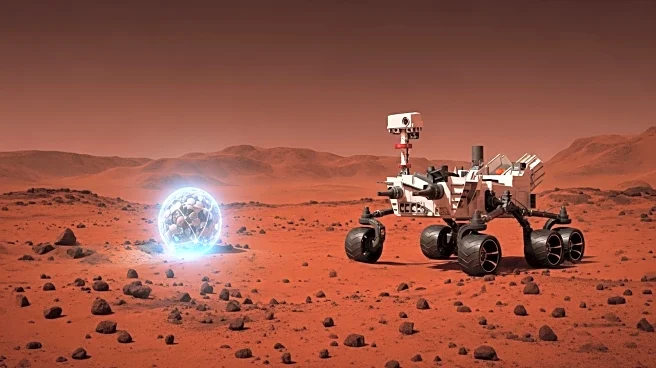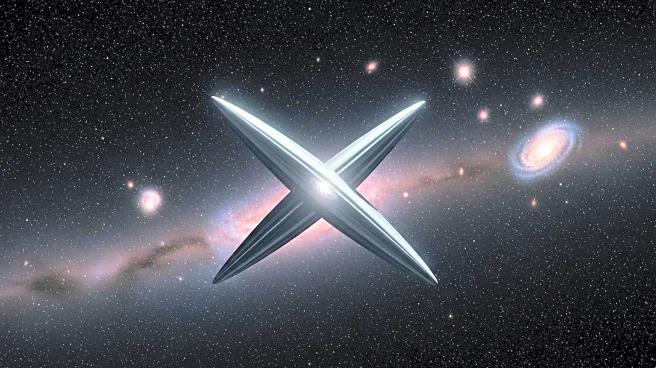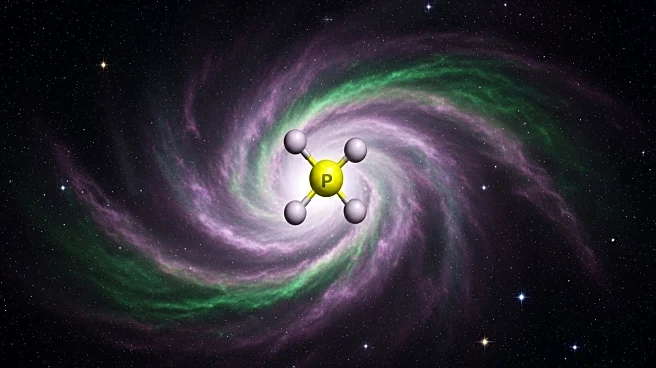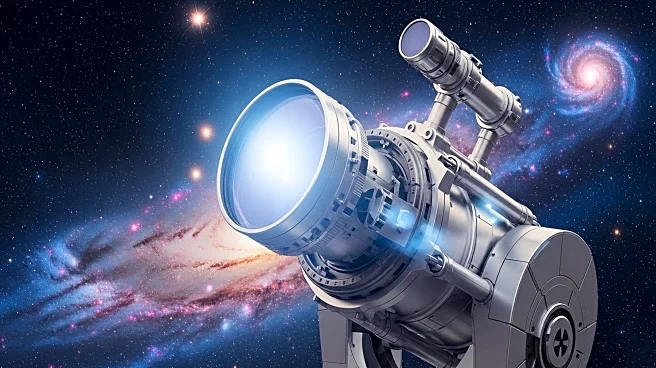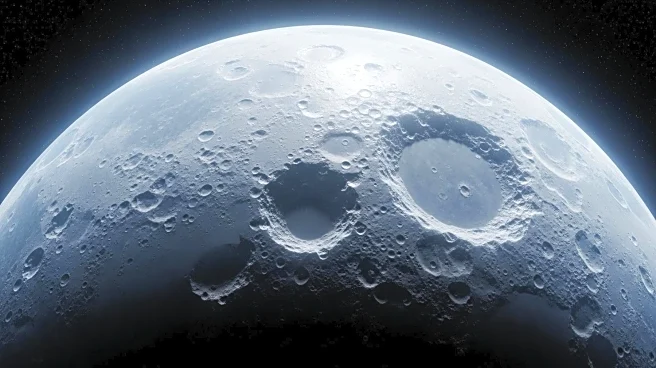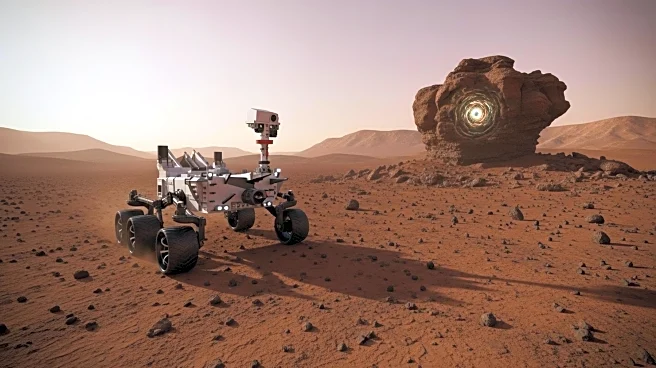What is the story about?
What's Happening?
Astronomers have detected phosphine on a brown dwarf named Wolf 1130C, complicating the search for extraterrestrial life. Phosphine, previously considered a potential biosignature, was found in abundance on this planet-star hybrid, which is more massive than Jupiter but lacks the fusion processes of stars. The discovery suggests that phosphine can form through abiotic processes, challenging previous assumptions that its presence might indicate life. This finding has significant implications for astrobiology, as it questions the reliability of phosphine as a biosignature.
Why It's Important?
The detection of phosphine on Wolf 1130C has profound implications for the field of astrobiology. It suggests that phosphine may not be a reliable indicator of life, as it can form naturally in certain cosmic environments. This challenges existing models and assumptions about the presence of life on other planets, particularly those with gassy atmospheres. The discovery prompts a reevaluation of how scientists interpret potential signs of life and underscores the complexity of identifying biosignatures in the universe.
What's Next?
Researchers will likely focus on understanding the natural chemistry of phosphorus in low-temperature atmospheres to better interpret phosphine's presence. Future studies may involve searching for similar phosphine-rich objects to refine models and improve predictions. This ongoing research will contribute to a deeper understanding of cosmic chemistry and the conditions that might support life.
AI Generated Content
Do you find this article useful?
